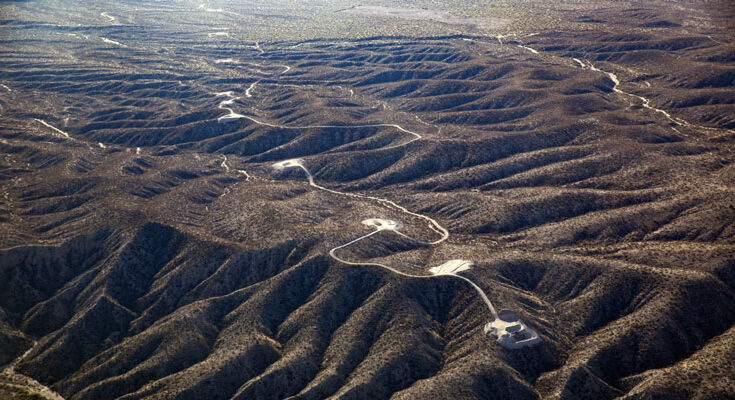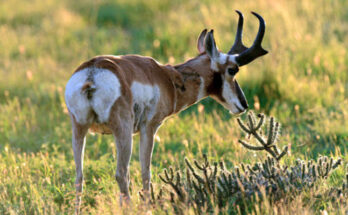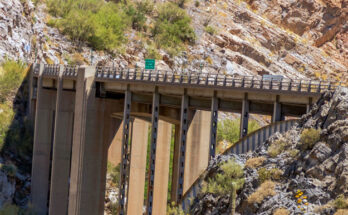Ruling Acknowledges Cultural Importance of San Pedro Valley Region, Case Returns to Federal Court
TUCSON – The Tohono O’odham Nation, the San Carlos Apache Tribe, Archeology Southwest, and the Center for Biological Diversity won a major court decision Tuesday when a federal appeals court reinstated their lawsuit challenging construction of the SunZia high voltage transmission line through the culturally sensitive San Pedro River Valley. The federal court must now consider the tribes’ argument that the federal government failed to properly consult with them regarding the historic property designation for this area.
The plaintiffs filed a lawsuit in January 2024, alleging that the federal government had illegally granted permits, which greenlighted the construction of the powerline spanning 500 miles from central New Mexico to central Arizona. After a Tucson federal court dismissed the case, the plaintiffs appealed to the U.S. Court of Appeals for the Ninth Circuit. A three-judge appeals court panel remanded the case back to the district court.
“The Tohono O’odham Nation supports clean, renewable energy – when it is done the right way,” said Tohono O’odham Nation Chairman Verlon Jose. “With the SunZia project, the federal government failed to work with tribes to protect our cultural resources as required by law. The Tohono O’odham Nation always fights for our rights, and we are proud to win this important court victory with our partners in the San Carlos Apache Tribe and the Arizona environmental community.”
The appeals court ruled that plaintiffs “plausibly alleged” that the U.S. Department of Interior failed to consult with the Tribes on a plan that would evaluate whether the San Pedro River Valley should be designated a historic property. The appeals court “inferred” that proper consultation would have resulted in the Valley being designated as such.
The historic property designation would have required the department to ensure that any adverse effects from the powerline construction “would be avoided, minimized, or mitigated.” Many Tribal members have descendants from the San Pedro River Valley and have deep historical, cultural, and spiritual connections to the area.
“The Department of Interior failed to conduct a Cultural Landscape Study of the San Pedro River Valley to determine whether the entire Valley is eligible for listing as a Traditional Cultural Place,” said San Carlos Apache Tribe Chairman Terry Rambler. “The only way to avoid the culturally devastating effects of this project is to reroute the powerline outside of the Valley.”
Editor’s Note: The SunZia Wind project is a 3.5-gigawatt wind farm in New Mexico, designed to provide clean, affordable electricity to power the needs of over 3 million Americans. When combined with the SunZia Transmission line, it will be the largest clean energy infrastructure project in the United States. The project is expected to create over 2,000 jobs during construction and approximately 100 permanent jobs upon completion.









